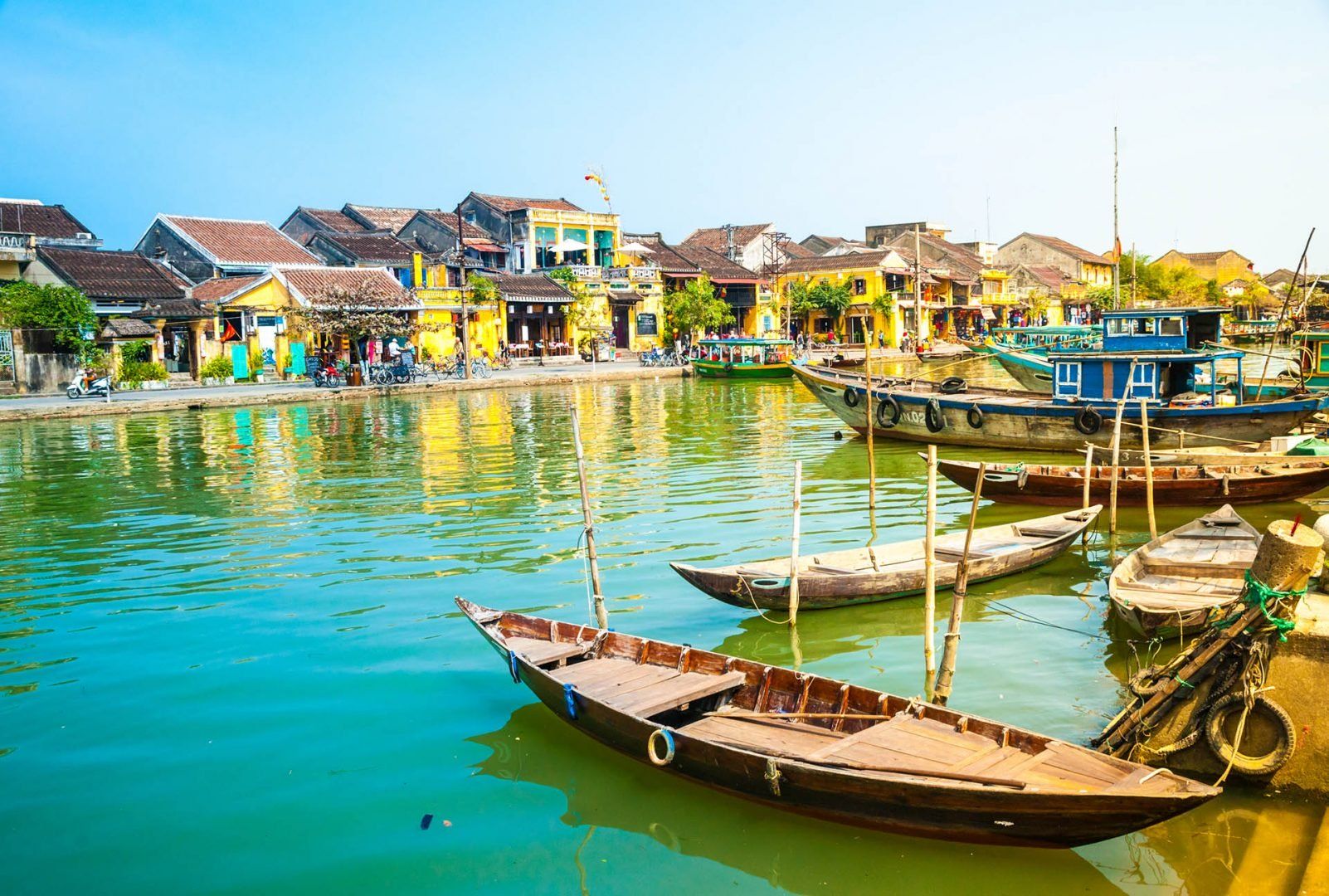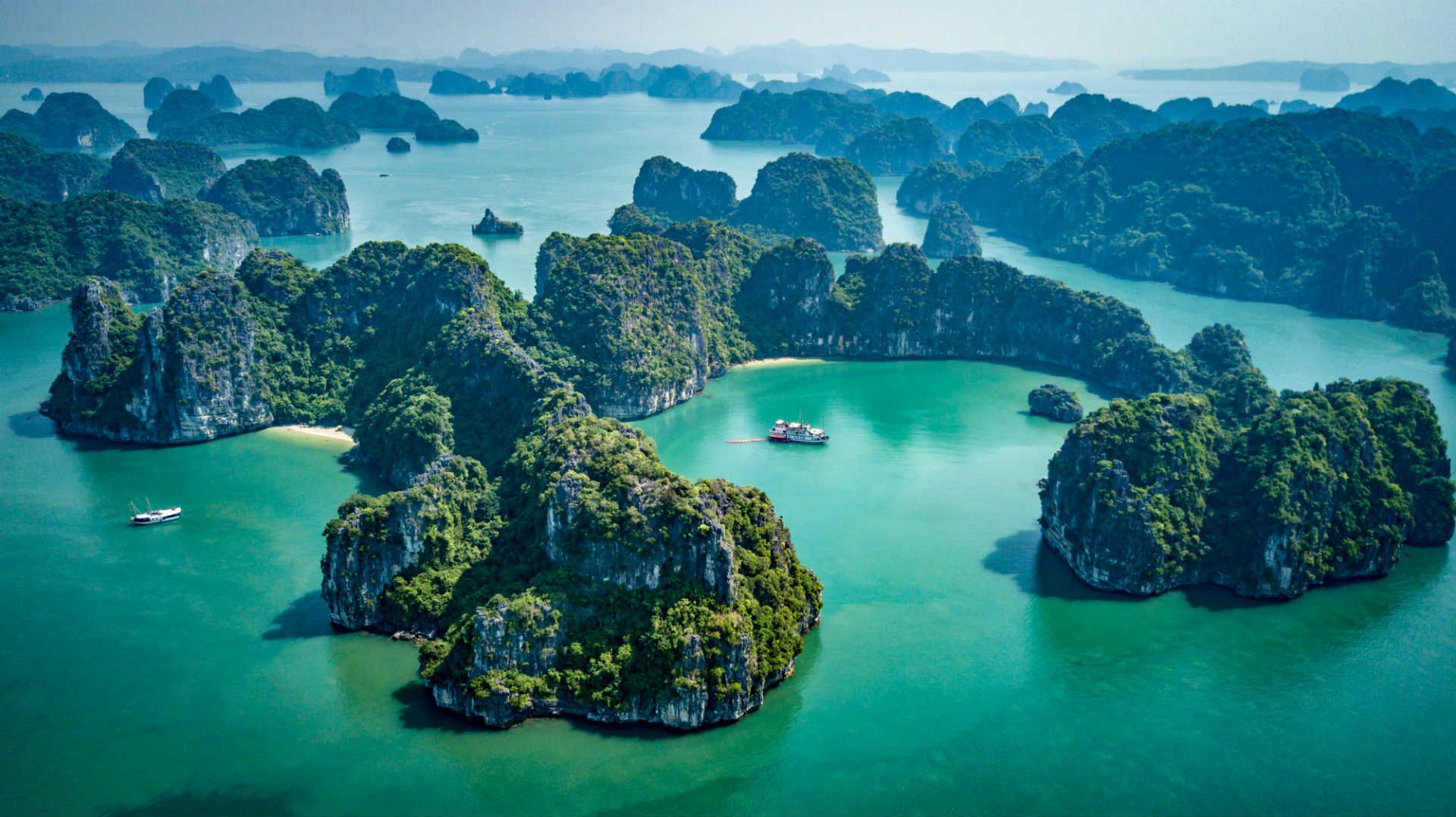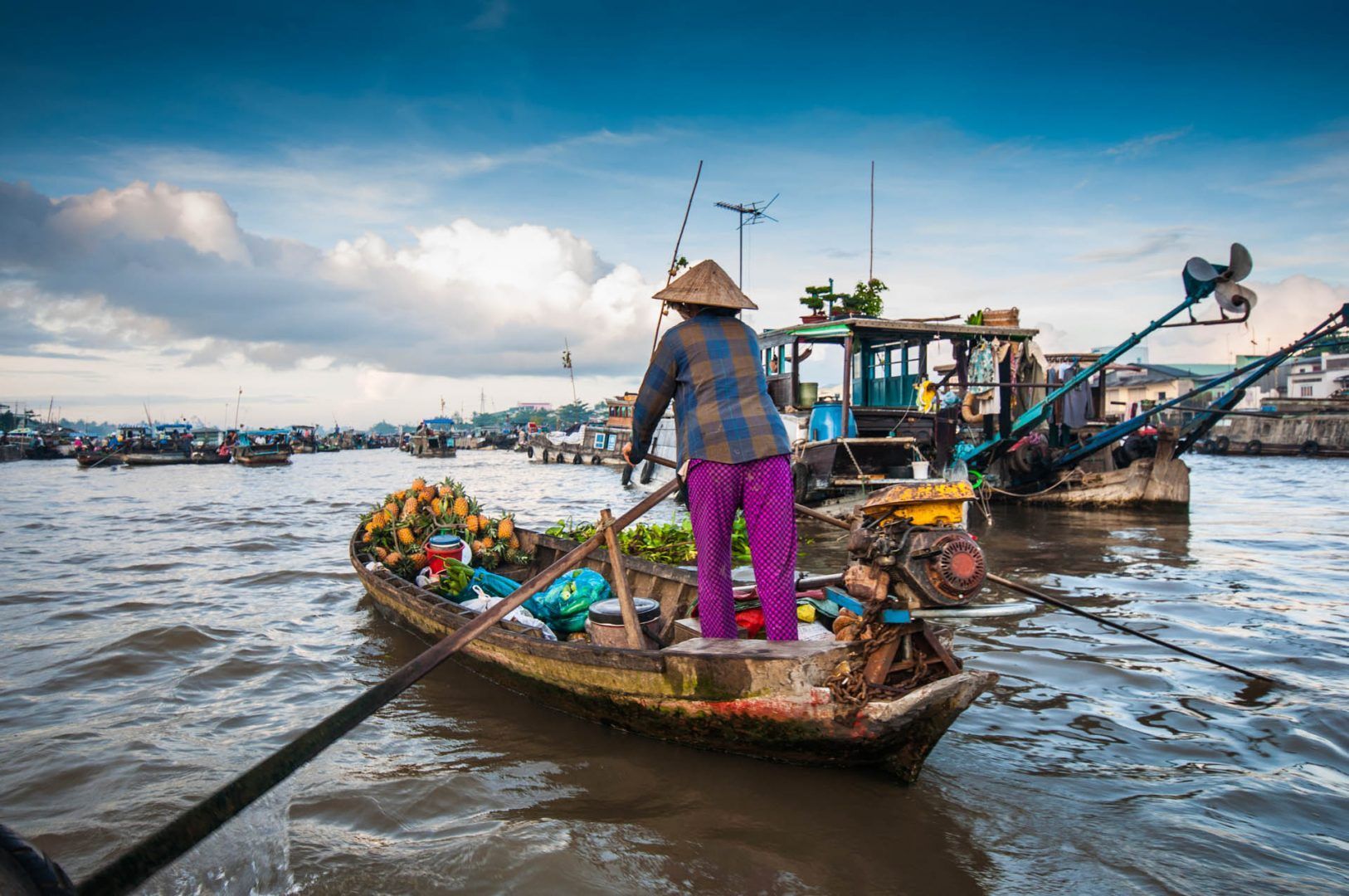Is Thailand or Vietnam a better eco-friendly destination?
If you're trying to travel in a more eco-conscious way, Vietnam might come out slightly ahead—but it really depends on where you go and how you travel. Thailand has a more developed tourism scene, which means it’s easier to find eco-tours and places that follow green practices, especially in the north. But that same development also puts more pressure on the environment, particularly around the islands and beaches.
Vietnam has less built-up infrastructure in many areas, so in some ways, it feels less impacted. At the same time, it can be harder to find places that have official sustainability certifications. The Vietnamese government has been more active lately in protecting national parks and expanding conservation areas—Phong Nha-Ke Bang and Cat Tien are two good examples.
Both countries have community-based tourism and nature lodges that support conservation. Thailand generally makes it easier to see wildlife, while Vietnam still has more untouched areas, especially in remote regions. If this stuff matters to you, it’s worth looking into individual guesthouses or guides rather than assuming one country does it all better.
Thailand food vs Vietnam food
Both countries are great for food, but they do things differently. Thai food is big on flavor combinations—sweet, salty, sour, and spicy often show up in the same dish. Dishes like pad Thai, tom yum soup, and green curry are everywhere, and coconut milk, lemongrass, and chili are used a lot. There’s also a wider range of international restaurants in the bigger cities.
Vietnamese food is usually lighter and more herb-forward. It uses very little dairy or oil, and there’s a clear shift in flavors as you move through the country. In the north, you’ll get simpler broths and grilled meats (like pho and bun cha), while central Vietnam brings spicier dishes with more complex prep, and the south leans more tropical with lots of seafood. You’ll also run into French influence—like bánh mì and strong coffee.
Street food is a huge part of daily life in both places. In Vietnam cities, sitting on tiny plastic stools at the side of the road feels completely normal. Thailand’s street food scene can be a little more geared toward tourists, but it’s still an easy way to eat well on a budget. If you prefer fresh, balanced flavors, Vietnam might be more your thing. If you like bold, rich meals, you’ll probably lean toward Thailand. Either way, it’s hard to go wrong.












